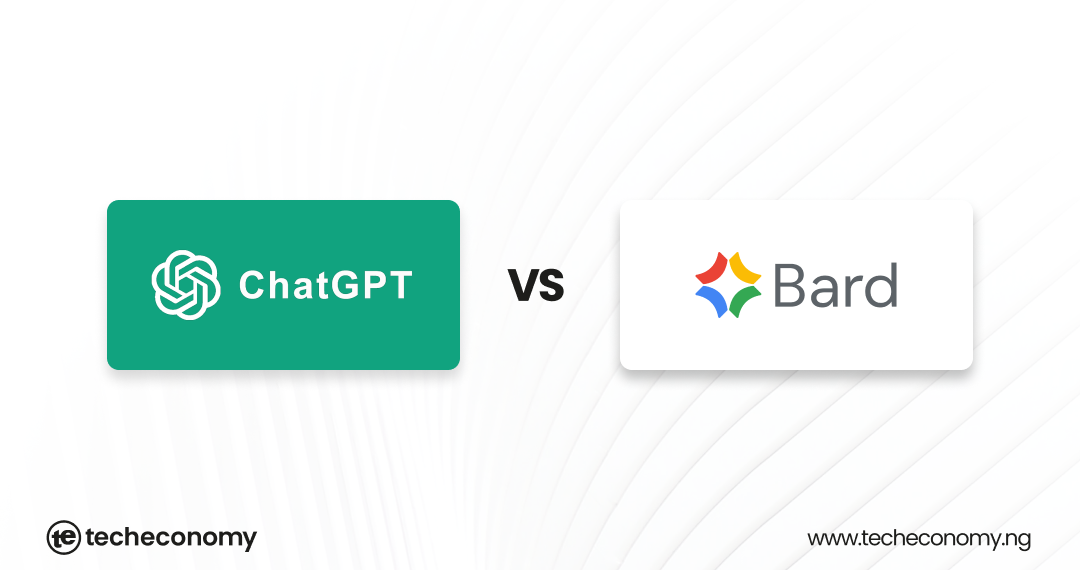When it comes to artificial intelligence, ChatGPT and Google Bard are two notable conversational AI models currently disrupting the ecosystem.
Both these platforms utilize advanced natural language processing techniques to facilitate human-like interactions and provide valuable insights.
In this regard, a comparative analysis of these technologies will help us understand their features, capabilities, and limitations.
ChatGPT, developed by OpenAI, has undergone significant updates, including incorporating the GPT-4 model, allowing it to offer faster responses and access to beta features such as browsing, plugins, and advanced data analysis.
ChatGPT’s ability to browse the internet using Bing is a unique enhancement, enabling users to access current and authoritative information with direct links to sources.
Key Features of ChatGPT:
- Internet Browsing: ChatGPT leverages Bing to browse the internet, providing users with real-time information.
- GPT-4 Model: Powered by the GPT-4 model, ChatGPT ensures more accurate and nuanced responses.
- Multimodal Capabilities: ChatGPT can now process voice and image inputs, enhancing its versatility.
On the other hand, Google Bard, a conversational AI chatbot developed by Google, offers a distinct approach to interactive communication. Utilizing Google’s Pathways Language Model (PaLM 2), Bard is capable of generating text, translating languages, writing creative content, and answering questions comprehensively.
One of its standout features is also the ability to access the latest information from the web, providing users with up-to-date insights.
Key Features of Google Bard:
- Multilingual Support: Bard supports over 40 languages, catering to a diverse global audience.
- Interactive Responses: Bard’s responses are tailored to user preferences, offering options for tone and style.
- Web Integration: Bard draws on web information to provide detailed and contextually relevant responses.
Comparative Analysis: ChatGPT vs Google Bard
- Information Recency:
- ChatGPT: Limited to information available until September 2021, unless upgrading to GPT-4 as a plus or enterprise user, utilizing the browsing feature.
- Google Bard: Accesses real-time data from the web, ensuring the latest and most current information.
- Multimodal Capabilities:
- ChatGPT: Processes voice and image inputs, enhancing user interaction and engagement.
- Google Bard: Primarily focused on generating text-based responses, lacks voice and image processing capabilities.
- User Customization:
- ChatGPT: Offers customization options through plugins and advanced data analysis, tailored to specific user needs.
- Google Bard: Allows users to adjust responses in terms of tone and style, enhancing the conversational experience.
- Language Support:
- ChatGPT: Supports multiple languages, but proficiency may vary across non-English languages.
- Google Bard: Offers support for over 40 languages, ensuring a broader global reach.
- Interaction Depth:
- ChatGPT: Capable of engaging in in-depth conversations, suitable for complex queries and discussions.
- Google Bard: Provides concise and informative responses, ideal for quick interactions and straightforward queries.
- User Experience and Interface:
- ChatGPT: Offers a clean and user-friendly interface with simple prompts and clear responses. The browsing feature is seamlessly integrated, providing direct links to sources for easy reference.
- Google Bard: Features an intuitive interface, allowing users to interact conversationally. The ‘Listen to Responses’ feature enhances the auditory experience, catering to diverse learning preferences.
- Collaboration and Sharing:
- ChatGPT: Allows users to share information and sources through browsing capabilities, facilitating collaborative research and knowledge sharing.
- Google Bard: Enables users to share responses and conversations with others using shareable links, enhancing collaborative efforts in creative projects and problem-solving tasks.
- Accuracy and Fact-Checking:
- ChatGPT: Relies on the accuracy of the sources it accesses during internet browsing. Users need to verify the credibility of the information provided.
- Google Bard: Aims to provide accurate information, but users should exercise critical thinking and fact-checking, especially considering the real-time data access feature.
- Integration with External Tools:
- ChatGPT: Offers plugins and advanced data analysis features, allowing integration with external tools and services, and enhancing its functionality for specific tasks.
- Google Bard: Focuses primarily on generating textual content and interactive responses, with limited integration capabilities with external tools or plugins.
- Language Complexity and Context Understanding:
- ChatGPT: Proficient in handling complex language structures and contextual nuances, making it suitable for diverse conversational scenarios, including technical discussions and creative writing tasks.
- Google Bard: Excels in providing concise and informative responses, prioritizing clarity over complexity, making it ideal for straightforward queries and general interactions.
Both ChatGPT and Google Bard represent significant advancements in conversational AI technology. The choice between the two platforms depends on user requirements and preferences.
If access to real-time information and interactive responses is important, Google Bard stands out, unless you’re utilizing ChatGPT 4 as a Plus or Enterprise user. On the other hand, ChatGPT’s multimodal capabilities and customizable features make it an excellent choice for users seeking versatility and depth in their interactions.
Both ChatGPT and Google Bard embody the progress made in natural language processing, emphasizing more immersive and intelligent conversational experiences.








Comments 3